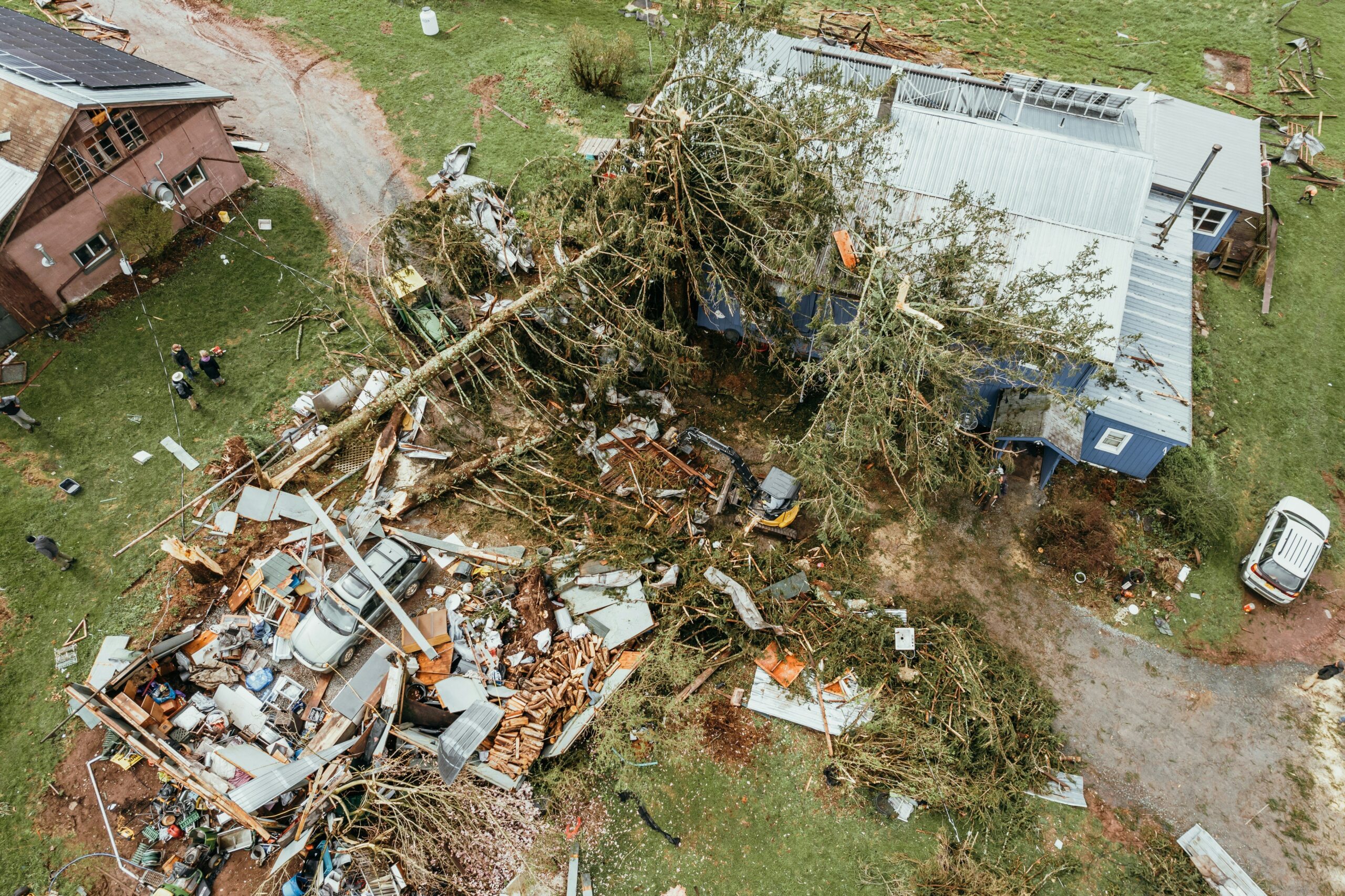Ever found yourself staring at a pile of pet injury claim forms while your furry friend lies bandaged on the couch? You’re not alone. Pet parents everywhere are overwhelmed by paperwork when their beloved companions need help—and it gets worse if you live in tornado-prone areas where pets can face unexpected injuries.
In this guide, we’ll teach you how to tackle “pet injury claim forms” like a pro—whether it’s for a twisted paw from a storm scare or something more serious. By the end, you’ll know exactly what to do before, during, and after filing those forms. Let’s dive in!
Table of Contents
- Key Takeaways
- Understanding Pet Insurance Basics
- How to Fill Out Pet Injury Claim Forms Correctly
- Tips for Dealing with Natural Disasters
- Real-Life Stories: Successful Claims
- FAQs About Pet Injury Claim Forms
- Conclusion
Key Takeaways
- Pet insurance is crucial for covering injuries caused by unforeseen events like tornadoes.
- Familiarize yourself with your policy’s terms to avoid surprises when submitting pet injury claim forms.
- Accuracy matters—mistakes on forms can delay payouts or lead to denials.
- Document everything related to your pet’s injury, including photos, vet bills, and notes.
- Natural disasters demand extra preparation; ensure your pet has microchip ID and emergency kits ready.
Understanding Pet Insurance Basics
“Optimist You:” ‘Pet insurance will cover all my costs!’
“Grumpy You:” ‘Only if you read the fine print first.’
Pet insurance isn’t one-size-fits-all. It ranges from accident-only coverage to comprehensive plans that include chronic conditions and wellness checks. For folks living in tornado zones, having robust accident coverage is non-negotiable. But here’s the kicker: not every plan covers natural disaster-related injuries out of the gate.
I once signed up for a cheap “accident-only” plan thinking I’d save money, only to find out later that it excluded weather-related incidents. Lesson learned: always ask about exclusions upfront. If you’re unsure, call customer support—it’s worth the five bucks they deduct from your prepaid card.

Why Should You Care?
A study revealed that over 60% of pet owners don’t fully understand their policies until they file a claim. Don’t be part of that statistic! Understanding your policy helps you prepare better for emergencies.
How to Fill Out Pet Injury Claim Forms Correctly
- Gather Necessary Documents: Vet invoices, diagnosis reports, and any other relevant medical records are essential. Keep digital copies too—they come in handy for resubmissions.
- Check Deadlines: Most insurers require claims within 90 days post-treatment. Missing deadlines means losing potential reimbursements.
- Double-Check Details: Simple errors like misspelling your vet’s name or forgetting dates can delay processing. Trust me—I’ve been there. Sound like nails on a chalkboard yet?
- Submit Digitally When Possible: Many companies now accept online submissions. Use this option—it speeds things up significantly.
Terrible Tip Alert:
“Just wing it and fill out the form quickly!” No, no, NO. This approach almost got me rejected twice because I skipped important fields. Patience pays off when dealing with pet injury claim forms.

Tips for Dealing with Natural Disasters
Tornado season hits hard—and fast. Here’s how to safeguard your pets financially:
- Create an emergency kit with your pet’s meds, food, water, and vet contact info.
- Invest in tornado-specific riders if available through your insurer.
- Keep a list of nearby animal hospitals pre-saved in case yours closes due to damage.
Rant Break: Why do insurers love hiding critical details in walls of text?! I spent three hours trying to decipher whether my plan even covered storm-related trauma. Come on, people—a simple FAQ section would solve so many headaches.
Real-Life Stories: Successful Claims
Meet Sarah from Oklahoma City. Her Golden Retriever, Max, was injured during a tornado last year. Thanks to her detailed documentation and swift submission of pet injury claim forms, she received full reimbursement for his surgery within weeks.

Sarah shared her secret sauce: “I kept photos of every scratch and bruise along with receipts for every dime I spent. My advice? Treat these forms like taxes—meticulous and timely.”
FAQs About Pet Injury Claim Forms
What should I include with my claim forms?
Besides the completed form itself, attach detailed vet invoices, treatment summaries, and proof of payment.
How long does reimbursement take?
Typically between 7–14 business days, but check with your provider as some may vary.
Can I submit multiple claims at once?
Yes, just make sure each injury/event is documented separately.
Conclusion
Filing pet injury claim forms doesn’t have to feel like wrestling a greased pig. With proper preparation and attention to detail, you can navigate the process smoothly. Remember, understanding your policy, gathering accurate documentation, and acting promptly are key.
Now go grab that coffee (you earned it!) and start organizing those documents. Your fur baby deserves nothing less than the best care.
Haiku Time:
Paperwork, though dull, Keeps tails wagging strong— Love insured forever.


